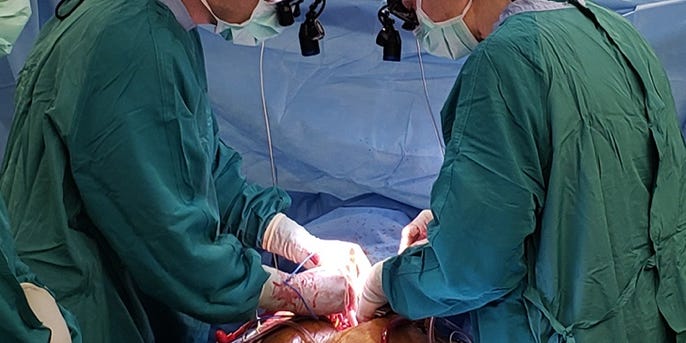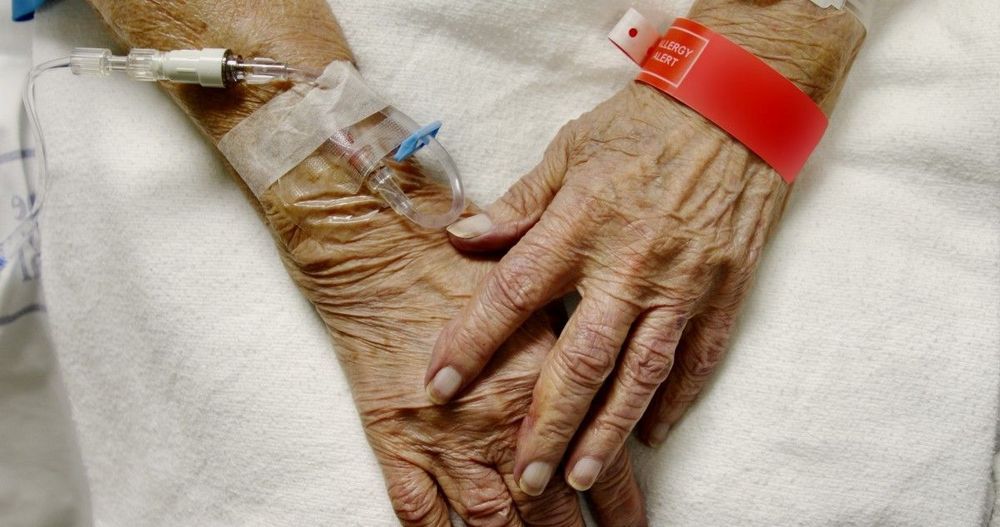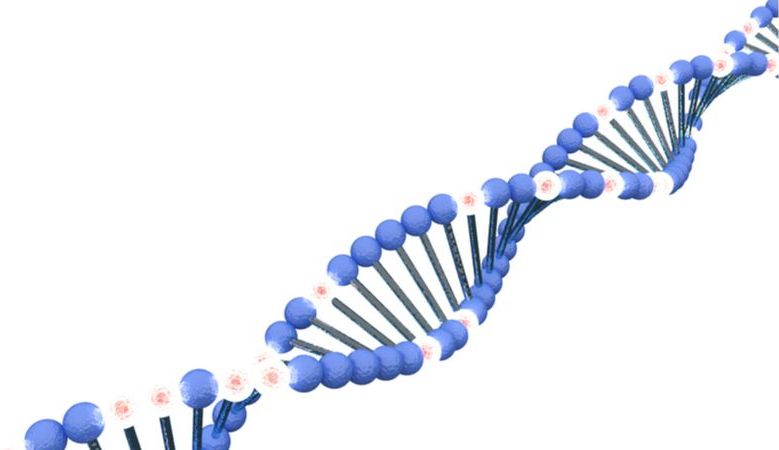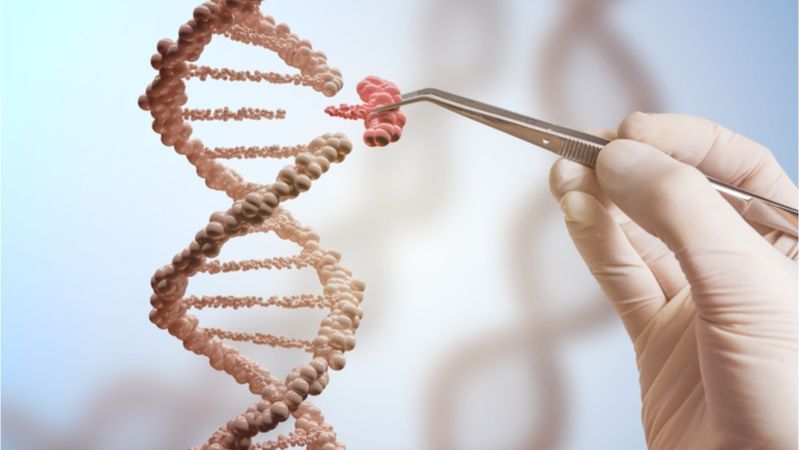A new treatment shows promise for revolutionizing prostate cancer treatment, offering a minimally-invasive and relatively low-risk alternative to traditional surgeries and radiotherapies. Called TULSA, this method uses sound waves to eliminate the diseased tissue in the prostate, leaving the rest of the healthy tissues behind. According to the researchers, patients treated with this method experience ‘minimal side effects.’
Category: biotech/medical – Page 2,511

Immunotherapy study shows how to stop cancer hiding from immune cells
The immune system is already our best defense against cancer, but sometimes it needs help. After all, cancer has a knack for deceiving it and hiding from immune cells, giving itself time to grow and spread. Now, researchers at QIMR Berghofer Medical Research Institute in Australia have identified one way it does so, and found a method to counter it in mouse tests.
T and NK cells act like the foot soldiers of the immune system, searching the body for invading pathogens and attacking them. But their activity can be regulated by other immune cells, such as mucosal-associated invariant T cells (MAIT cells), telling them when to attack and when to stand down.
During the new study, the QIMR researchers discovered that if MAIT cells were switched on, they would prevent T and NK cells from attacking tumors. The tumors seem to have figured this out too – the team found that cancer cells actively turn on MAIT cells by displaying molecules called MR1 on their surfaces.

Researchers develop vaccine that targets Crohn’s disease and obesity
Researchers with INSERM in Paris have detailed their development of a new vaccine strategy that shows promise for treating inflammatory bowel diseases like Crohn’s disease, as well as metabolic conditions like obesity. Key to the vaccine’s potential effectiveness is gut microbiota, abnormalities of which have been linked to a variety of health conditions. The new vaccine works by modifying these bacteria to protect the intestinal wall.


Doctors successfully transplanted a heart after it stopped beating in a first-its-kind procedure in the US
The procedure, donation after circulatory death or DCD, involves taking organs from a donor whose heart has stopped beating after being taken off of life support after a fatal injury or illness when there is no potential for recovery.
Conventional organ donations occur after brain death, which means that while all brain functions have stopped and the person is legally and clinically dead, machines can continue to keep oxygen and blood flowing throughout the body, preserving the healthy organs for donation.
After a circulatory death, however, organs are deprived of oxygen as the circulatory system shuts down, potentially damaging the donor organs and making it difficult to use them for transplant.


The DNA Damage Response in Aging
DNA damage, which results in genomic instability, is one of the primary hallmarks of aging. Today, we want to highlight an recent open access review that explores the DNA damage response during aging.
The role of DNA damage
Some researchers have long suggested that damage to our DNA is a major reason why we age and a strong determinant of species longevity; indeed, many-long lived species have extremely stable genomes, such as bristlecone pines, which have lifespans of over 5000 years.

Tryptophan as a Therapeutic Target for Inflammaging
A new open access paper takes a look at tryptophan and the role that it plays in the dysfunction of the immune system in the context of the age-related changes that occur in the microbiome [1].
The microbiome
The gut microbiome is a complex ecosystem of bacteria, archaea, eukarya, and viruses that live inside of us, some beneficial and some harmful, the balance of which keeps us alive. Four microbial phyla, Firmicutes, Bacteroides, Proteobacteria, and Actinobacteria, make up 98% of the total population of the intestinal microbiome.

CRISPR Human Trial Results Look Promising for Safety
Recently, the first attempt in the United States to use the gene editing tool CRISPR to combat cancer appears to have gone well, according to the initial results of a small human trial to determine safety for the approach.
Gene editing is a way to permanently change DNA in order to potentially cure a disease by attacking the root causes. CRISPR is a tool that can cut DNA at a specific spot, allowing genes to be removed or replaced or new genes to be inserted. CRISPR and other similar gene editing tools have long been used in the lab and are finally, after many years, starting to reach human trials for cancer and other diseases.
The approach involved doctors harvesting immune T cells from three cancer patients’ bloodstreams and modifying those cells with CRISPR to make them better able to detect and destroy cancer. Two of the patients have multiple myeloma, and the third has a sarcoma. Essentially, this therapy uses the body’s own immune cells to fight the disease rather than going with the traditional route of using drugs to disrupt the growth and spread of cancer.
Alzheimer’s drug candidates reverse broader aging, study shows
In mouse models of Alzheimer’s disease, the investigational drug candidates known as CMS121 and J147 improve memory and slow the degeneration of brain cells. Now, Salk researchers have shown how these compounds can also slow aging in healthy older mice, blocking the damage to brain cells that normally occurs during aging and restoring the levels of specific molecules to those seen in younger brains.
The research, published last month in the journal eLife, suggests that the drug candidates may be useful for treating a broader array of conditions and points out a new pathway that links normal aging to Alzheimer’s disease.
“This study further validated these two compounds not only as Alzheimer’s drug candidates but also as potentially more widely useful for their anti-aging effects,” says Pamela Maher, a senior staff scientist at Salk and a co-corresponding author of the new paper.